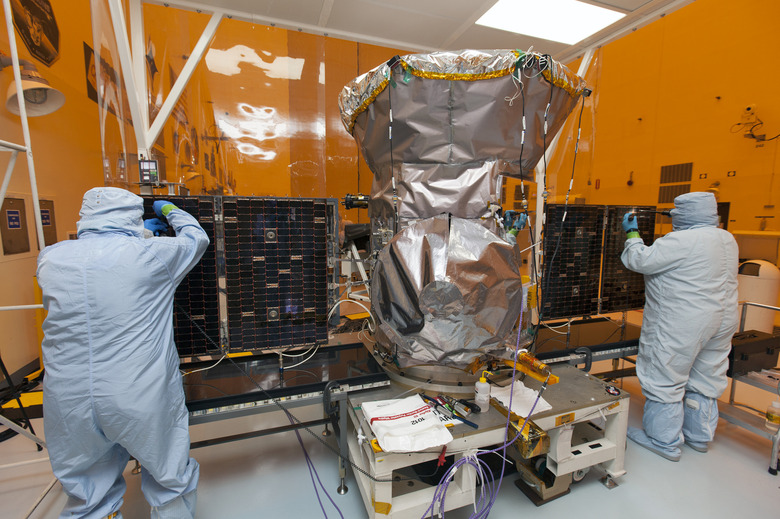SpaceX Forced To Delay Launch Of NASA's Planet-Hunting TESS Satellite
NASA's powerful, planet-hunting satellite TESS was supposed to launch into orbit aboard a SpaceX Falcon 9 on Monday, but plans were nixed at the last moment due to unspecified complications. The satellite is designed to search for evidence of exoplanets — that is, planets outside of our own Solar System — and scientists are excited about what they might find. But before the work can begin, the spacecraft has to actually reach orbit, and that's SpaceX's job. The launch was slated to take place from Cape Canaveral Air Force Station on Monday evening, but was pushed back so that SpaceX could "conduct additional GNC analysis."
The launch, which is now scheduled for Wednesday, will feature a brand new Falcon 9, as opposed to the used (sorry, "flight proven") rockets that the company sometimes uses after recovering and refurbishing them. The first stage of the rocket will tumble back down to Earth and, if all goes according to plan, SpaceX will recover it on a drone ship positioned in the Atlantic Ocean.
As it has already attempted twice, SpaceX will also try to recover the payload fairing, which is a two-piece section of the spacecraft's nosecone situated at its top. In the past, the company has tried to capture one half of the fairing with a massive net attached to a ship, but both of those attempts failed. This time, the fairing halves will glide back down to the ocean on parachutes, and SpaceX hopes that they will be in good shape after splashdown.
Once in orbit, the TESS satellite will stretch its solar panels and begin powering itself, and while the exact timeline of its scientific mission could vary depending on many factors, it should begin peering into the depths of space soon. Hunting for exoplanets is no easy task, and it's only been within the last few years that exoplanet discoveries have begun to ramp up. TESS promises to continue that trend as it hunts for unseen worlds many light years away.
SpaceX hasn't provided my additional details regarding the delay of the launch, but we know that "GNC" means "guidance, navigation and control," so it sounds like it was a pretty serious issue. When you're ferrying NASA hardware to space, it's important to get it right, so hopefully all of SpaceX's systems are in good shape for Wednesday's launch.
